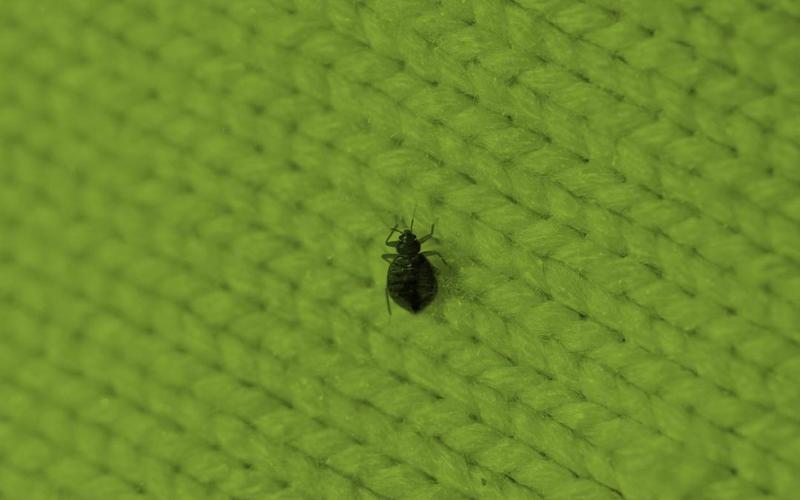
Identify Bug Bites: A Comprehensive Guide
Dealing with bug bites can be quite an inconvenience, especially when you’re not sure what kind of insect caused the bite. Identifying the type of bug bite you have is crucial for proper treatment and prevention. In this article, we will delve into the various aspects of bug bites, helping you to recognize and manage them effectively.
Understanding Bug Bites
Bug bites are caused by various insects, each with its own unique characteristics. Some common culprits include mosquitoes, ticks, bed bugs, fleas, and ants. These insects inject saliva into your skin while feeding, which can cause irritation, itching, and swelling.

Here’s a brief overview of some common bug bites:
| Insect | Description |
|---|---|
| Mosquito | Small, red bumps that may be itchy and swollen. Can transmit diseases like malaria, dengue fever, and Zika virus. |
| Tick | Small, hard bumps that may be painless. Ticks can transmit Lyme disease and other infections. |
| Bed Bug | Small, flat, reddish-brown bugs that feed on human blood. Bed bug bites can cause itching and redness. |
| Flea | Small, dark insects that can jump. Flea bites are itchy and may appear in clusters. |
| Ant | Small insects with a segmented body. Ant bites can cause pain, swelling, and redness. |
Identifying Bug Bites
Identifying bug bites can be challenging, as they often look similar. However, there are some key features that can help you determine the cause:
- Size and Shape: Bug bites can range in size from tiny to large, depending on the insect. Mosquito bites are usually small and red, while bed bug bites may appear in a line or cluster.
- Location: Bug bites can occur anywhere on the body, but some insects tend to bite in specific areas. For example, mosquitoes often bite exposed skin, while bed bugs prefer to bite areas where clothing covers the skin, such as the arms, legs, and back.
- Itching and Swelling: Bug bites can cause itching and swelling, but the intensity can vary. Ticks may not cause immediate itching, but they can cause pain and redness.
- Other Symptoms: Some bug bites can cause additional symptoms, such as fever, headache, or joint pain. These symptoms may indicate a more serious infection or disease.
Treating Bug Bites
Once you’ve identified the type of bug bite, you can take appropriate steps to treat it. Here are some general tips for treating bug bites:
- Cool Compress: Apply a cool compress to the bite to reduce swelling and itching.
- Antihistamines: Over-the-counter antihistamines can help alleviate itching and swelling.
- Topical Creams: Calamine lotion or hydrocortisone cream can provide relief from itching and reduce redness.
- Hygiene: Keep the bite clean and dry to prevent infection.
Preventing Bug Bites
Preventing bug bites is always better than dealing with them after the fact. Here are some tips to help you avoid bug bites:
- Use Insect Repellent: Apply insect repellent containing DEET or picaridin to exposed skin and clothing.
- Wear Protective Clothing: Long sleeves, pants, and socks can help protect your skin from insects.
- Check for Ticks: After spending time outdoors, check your clothing and body for ticks, especially in areas where they are more likely to attach, such as the scalp, armpits, and groin.
- Keep Your





